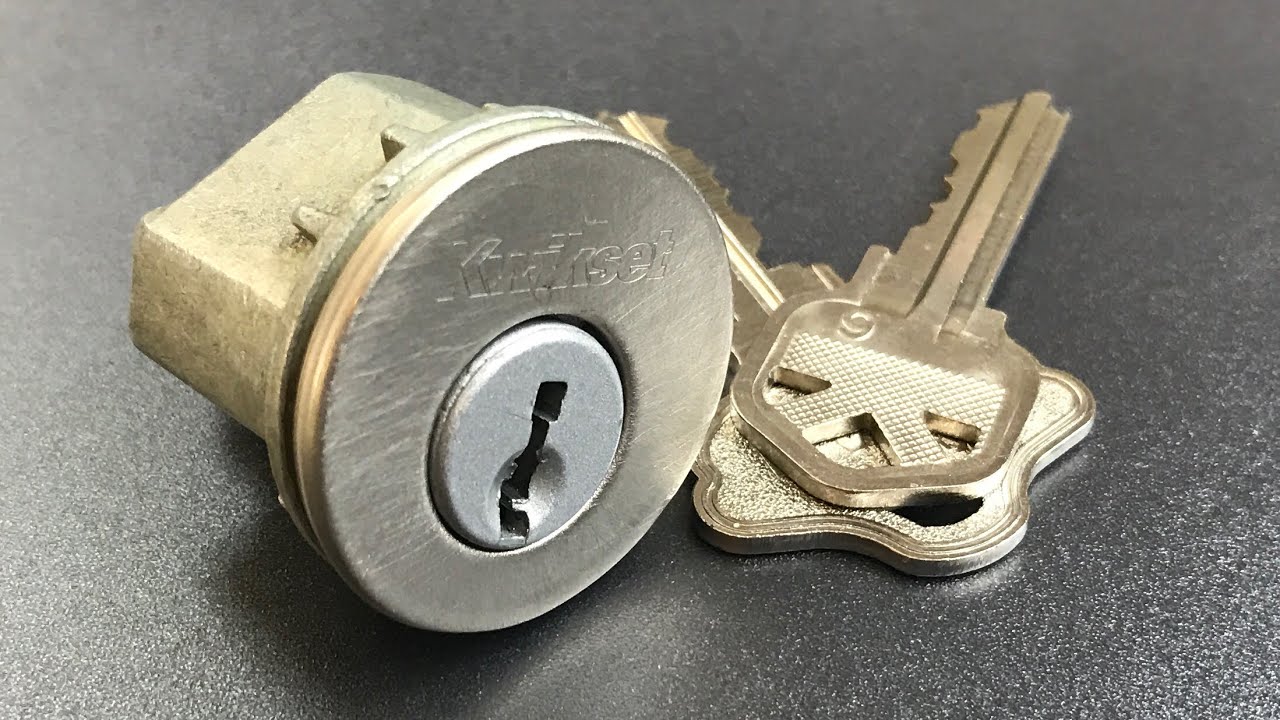How to Make & Use Bump Keys
Many people believe that they are protected against burglary by simply keeping their doors locked. The truth is, for anyone that has taken the time to practice using a bump key, a door lock is nothing but a minor inconvenience.
The most common door locks that are in use today are pin tumbler locks and bump keys are specially designed keys that can be used to pick those locks fairly easily with a little practice.
Because the ridges of a bump key are cut to the maximum depth (999), they are also referred to as “999 keys”. They are inexpensive, easy to make and acquire, and in the wrong hands, could be a serious problem for homeowners.
When a normal key is inserted into a lock it aligns small spring-loaded pins inside which when correctly aligned, allows the cylinder to turn and the lock to operate.
The “pull-back” method is commonly used with a bump key in which the bump key is inserted and then pulled back one notch. Keeping rotational pressure on the key, it is then “bumped” into the keyway with the heel of the hand or some sort of tool. Too much force and the bumper will just damage the lock so there needs to be just enough force applied.
Another method that can be used is what is known as the “minimal movement” technique and requires more practice than the pull-back method above. Bump key performance can be improved by filing away an additional 0.25 to 0.5 mm from the key tip and shoulder, allowing the key to be inserted slightly farther into the lock.
Are Bump Keys Legal to Own?
It is not currently illegal to own bump keys and they are easily purchased online with tutorials available for bump key use. If buying a bump key, all you would need is the identification of the manufacturer of the lock. Sets are available that can fit most locks that are commonly used.
How to Use Bump Keys
It isn’t very difficult to learn how to use bump keys but taking the time to understand how to use them properly, will increase your chances of success.
- Push the bump key into the lock as you would a normal key.
- Once inserted, pull it back slowly until you feel it click twice.
- Using a blunt object, hit the bump key with a bit of force while applying slight pressure to turn the key in the direction you need to in order to open it.
The teeth of the key will produce a slight impact against the lower pins which then transfer this energy into the upper pins, causing them to rise above the cylinder and the shear line. The separation of top and bottom pins is very brief, but at this moment the lock cylinder is easily turned.
How to Make a Bump Key
Method 1
1) Have a look at your old key to see how many internal pins the door lock has. You can also find this out by looking up the model of lock online. To find out how many pins, simply count how many grooves in the key, or slowly slot the key into the lock; for every click, there’s a pin.
2) Next, you need to figure out the distance between each of the pins by measuring the length of the key surface that enters the lock and then dividing that number by the number of pins. Find the slot near the back length of the key. Above this slot, near the teeth of the key, is the deepest point at which the lock’s pins can rest. Mark out this point using your ruler down the length of the key. Draw triangular teeth from the points along that line at which the pins will sit, one tooth between each groove.
3) Use a file to scrape away all the teeth of the key until the edges are level with the lines that you’ve previously drawn. If done correctly, the first tooth of the key should start at the very end of the key.
Method 2
1) Find a local store that sells blank keys or you can purchase them online fairly cheap. They will look like a normal key but without any teeth cut into it.
2) Next, take a triangular file and point it down to shave the extreme “valleys” that you see in a bump key. When finished, your key should look like this:

Here is a video I suggest checking out if you prefer to see how they are made.
